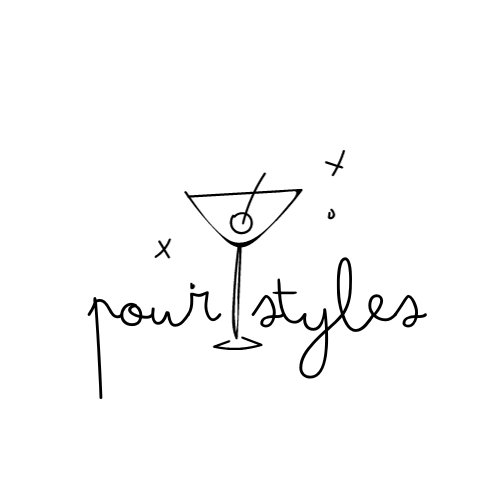Clean Wine - What is it, and should you be drinking it?
Clean wine has been an up and coming trend within the last few years.. But what does it really mean to be a clean wine and is there truly a difference?
Let’s start by saying that wine is an alcoholic beverage, not a wellness product. And although there are certain health benefits you can receive from wine, it’s not meant to be drank in regards to enhancing your health journey.
So what is clean wine and why does it seem to be trending?
To be considered a clean wine, the wine must align with ingredients that we should be putting into our bodies – no harmful additives. This being: organic grapes, no unnecessary color dyes, pesticides, or fillers, and commonly vegan. All in all, this sounds incredibly positive. Fewer additives. No synthetic chemicals. Organic, biodynamic, or sustainably farmed grapes.. But how much more clean is ‘clean wine’ over our basic over-the-counter bottle?
From my extensive research and tasting, it’s honestly hard to tell.
Since this health craze is filed under uncharted waters in the wine industry, there has been plenty of room for new minimal, trend-friendly, celebrity owned brands to add ‘clean’ to enhance their marketing as a new and improved wine that pairs well with yoga and a keto diet. The organic business has been booming in every industry from culinary to beauty to pharmaceutical with a revenue of over $55 billion in 2019.. It only makes sense that wine would hop on the train eventually as well. So, is it all a scam?
If we now have the ability to buy clean wine, does that mean that all other conventional wines are dirty?
We all in the wine world remember Cameron Diaz releasing her ‘revolutionary’ wine label and claiming that all the wines we have been drinking over the years are filled with animal product, pesticides, chemicals, and are the sole reason for that headache in the morning. The wine community rapidly debunked her claims as purely a marketing ploy, and that all ingredients in your bottle of wine can in fact be found on your label, easily there for you to pick and choose which bottle seems more sustainable than the latter. And unfortunately for Cameron, the mass majority of reliable producers and wineries include zero added chemicals or pesticides to your wine. And certainly there is no such myth as ingesting alcohol (sulfites or not) without a headache if you do not properly hydrate before and after. In fact, a claim like that is irresponsible and potentially dangerous encouraging the over-consumption of alcohol. The myth that sulfites are the hangover inducer has been wildly debunked by nutritionists and sommelier’s alike – In fact, French fries contain more sulfites than a glass of wine. It’s simple – if you don’t want the hangover, don’t over indulge.
We have also heard the claims that certain brands contain no added sugar – and this is in fact something you can consider when shopping for your next bottle. Some mass-produced wines contain residual sugar (RS on your label) but this process known as chaptalization is highly regulated and even illegal in California, Italy, Australia, and Argentina. The vast majority of dry wines contain little to no sugar, so dry can be something you request next time you find yourself at the bar.
Additives are interesting. Technical agents such as fining agents, yeast nutrients, or sugar used for chaptalization are used during the winemaking process but are no longer present in the wine by the time it is ready for bottling. Mass-produced commercial brands are more likely to use additives than a smaller producer. But, regardless, the FDA vets wine additives for safety. Your average bottle of wine, whether bought from the market or ordered at a restaurant, isn’t co-fermented with harmful ingredients. The term ‘clean wine’ implies that any wine not under that marketing umbrella doesn’t follow safety standards and that is so far from the truth. Don’t trust everything you read, kids! Do your own research always.
I believe the biggest importance in your food and alcohol consumption is reading the labels and understanding what you are consuming. Knowledge is power, and just because a wine says they are cleaner than the next, doesn’t necessarily mean it is. We live in a world where news is posted to Facebook and taken as fact.. That should be a heads up to us all to do our own research when trying to learn something new. Become educated with culinary production and don’t always listen to marketing ploys encouraging your dreams to come true if you purchase their product.
In conclusion, read the labels. Most wines are in fact clean wines, even if they don’t say it in their brand statement. Support local and small producers. Organic and sustainable is amazing! But don’t lose too much sleep over clean and not clean.. Just read those labels! They are really pretty much the same. Just support who you trust and don’t stress. Wine was made to be fun. 🙂
Live, learn, and be well. Cheers, and thanks for reading!

